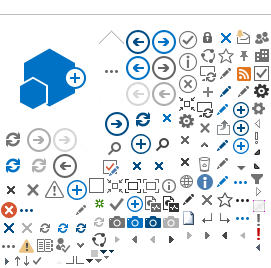On this page
-
Overview
-
Healthy birthweight, Aboriginal and non-Aboriginal babies, NSW 2018–2022
-
Healthy birthweight by year and babies' Aboriginality, NSW 2018-2022
-
Downloads
-
Notes
-
Related links
Overview
Closing the Gap on healthy birthweight
Socioeconomic outcome area 2 under the National Agreement on Closing the Gap1 is that Aboriginal and Torres Strait Islander children are born healthy and strong. The agreement aims to achieve this outcome through Target 2: By 2031, increase the proportion of Aboriginal and Torres Strait Islander babies with a healthy birthweight to 91 per cent. Healthy birthweight is an important indicator of an infant's future health2 and is defined as babies who weighed between 2,500 and 4,499 grams at birth.
In 2022, 90.5% of Aboriginal and Torres Strait Islander babies born in NSW were a healthy birthweight. This is similar to the rate in 2018 (the baseline year), which was 90.4%. The proportion of Aboriginal and Torres Strait Islander babies born in NSW with a healthy birthweight has consistently been around 4% lower than the proportion for non-Aboriginal babies since 2018.
This data differs from the
birthweight tables because it is based on the Aboriginal status of the baby rather than the mother and includes only liveborn singleton babies, consistent with the parameters of the Closing the Gap target. It also differs from the Productivity Commission's Closing the Gap reporting3 because it includes all babies born in NSW, whereas the Productivity Commission reports data for NSW residents.
Healthy birthweight, Aboriginal and non-Aboriginal babies, NSW 2018–2022
By number of births
Aboriginal or Torres Strait Islander
| 5052 | 5507 | 5403
| 5850 | 5841 |
|---|
| Non-Aboriginal or Torres Strait Islander | 80004 | 79425 | 77078 | 81581 | 74242 |
|---|
By percentage of births
Aboriginal or Torres Strait Islander
| 90.4 | 90.7 | 90.3 | 90.3 | 90.5 |
|---|
| Non-Aboriginal or Torres Strait Islander | 94.2 | 94.3 | 94.5 | 94.6 | 94.4 |
|---|
Downloads
Notes
Source: NSW Perinatal Data Collection (SAPHaRI). Centre for Epidemiology and Evidence, NSW Ministry of Health.
Includes all liveborn singleton babies born in NSW, regardless of place of residence.
-
Council of Australian Governments.
National Agreement on Closing the Gap. Canberra: COAG, 2020. Accessed 8 November 2023.
-
Australian Institute of Health and Welfare (AIHW) 2022,
Australia's children. Accessed 8 November 2023.
-
Productivity Commission 2022.
Closing the Gap Dashboard – Socioeconomic outcome area 2. Accessed 4 November 2023.
- Baby's Aboriginality is determined by Aboriginal or Torres Strait Islander status being recorded for either the mother or baby.
